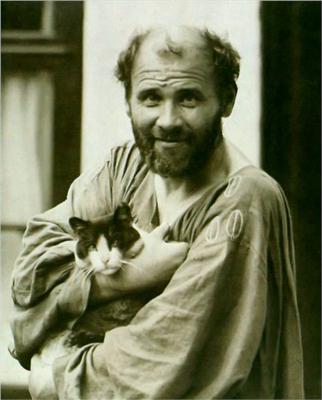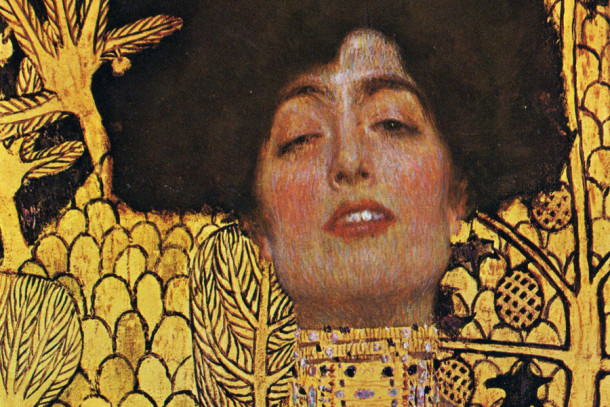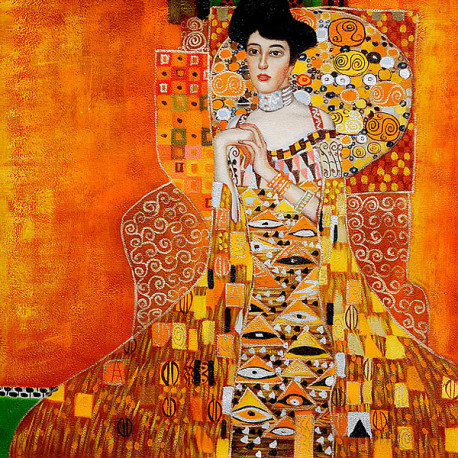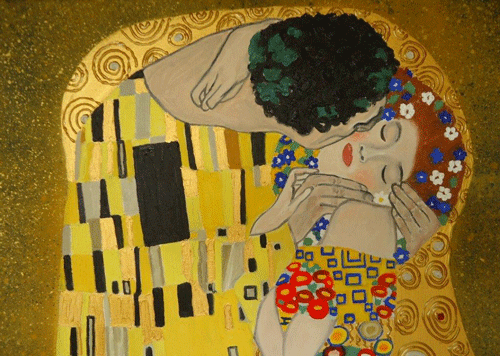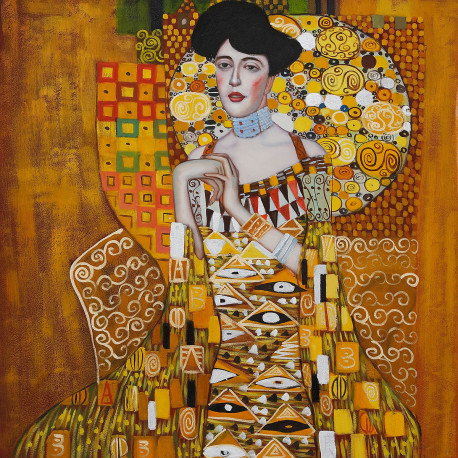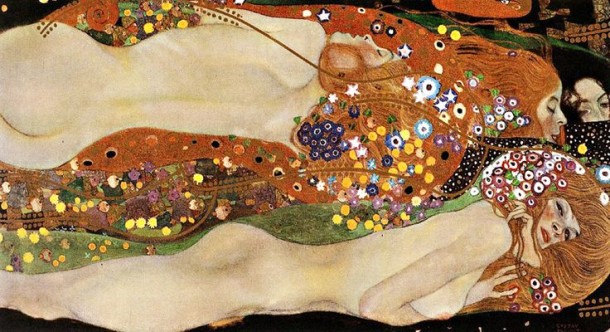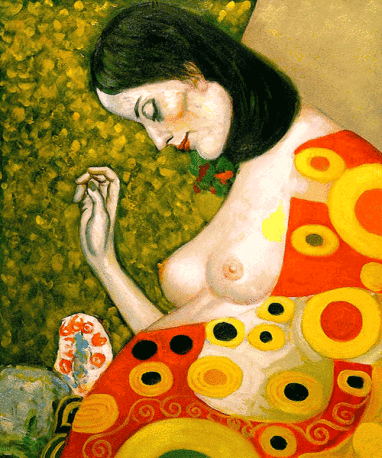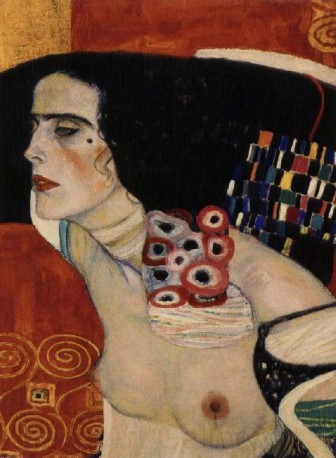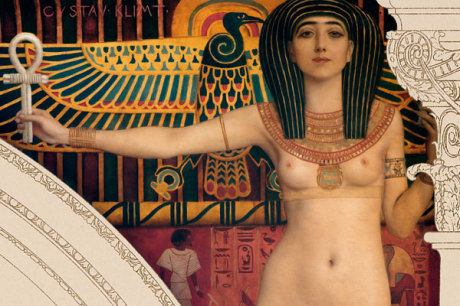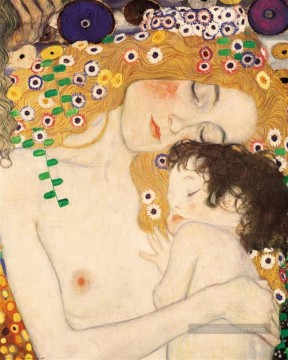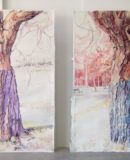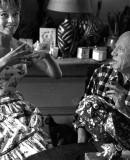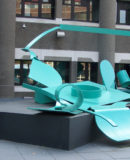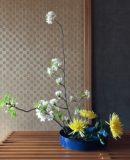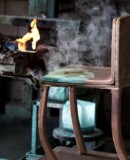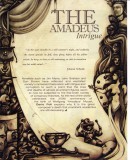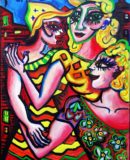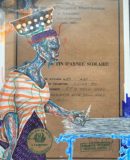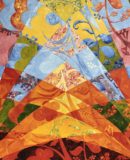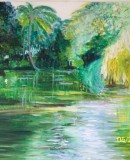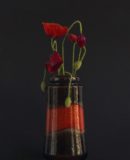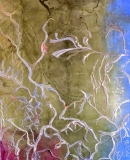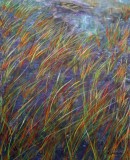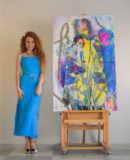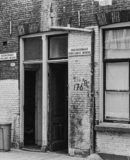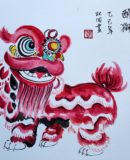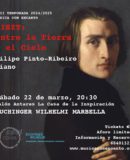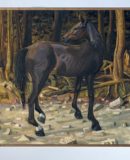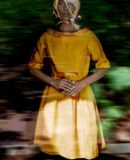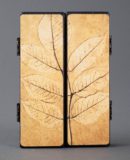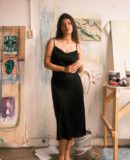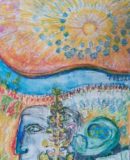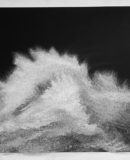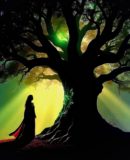World Fine Art Professionals and their Key-Pieces, 90 - Gustav Klimt
World Fine Art Professionals and their Key-Pieces, 90 – Gustav Klimt
The Viennese artist Gustav Klimt had a fondness for women. Women appeared in his early historical paintings. Later he made allegorical and erotic drawings and painted portraits. He often portrayed the untouchable cruel woman whom he made more flattering than she really was.
His girl friend, Emily Flöge, was a model. He portrayed her in 1908 in The Kiss, a painting that, when it was discovered by the Flower Power movement, became world famous. In the sixties it appeared on postcards and posters. In the background of the kissing couple Klimt has processed gold leaf, like he did earlier in Judith I. For this he used various techniques, which he picked up from his father, who was a gold engraver.
Sexual morality
Klimt’s work was greatly influenced by Vienna’s sexual mores of the early 20th century. In public, the Viennese were averse of sexuality and at the same time Vienna had one of the highest prostitution densities of the world. It was a profession with good earnings, especially in the higher echelons of the profession.
His ladies are mostly red-haired and stand in challenging positions. While painting he surrounded himself frequently by naked ladies. He was known as a womanizer, who was averse to the conservative mores. The painting The Kiss can be interpreted as an image of lust, but also of resistance of women against sexual instincts of man. The latter interpretation finds many supporters in feminist circles.
Emperor Franz Joseph
Gustav Klimt, the most important representative of Viennese Art Nouveau, was born on July 14, 1862 in Baumgarten, near Vienna. He was of humble origin. His father, Ernst Klimt, was copper engraver and goldsmith. Gustav was the second in the row of six children. He was good in drawing and so his father sent him to the School of Applied Arts. His brother Ernst could go there as well. Ferdinand Laufberger, the great man of Viennese decorative painting, was a teacher at the school. With their friend Franz Matsch they soon got assignments. Gustav was 17 when he made a design for Emperor Franz Joseph’s parade.
After a few years the boys left the vocational school and set up a studio together. They soon had a number of commissions, including the design of the staircase of the Museum of Art History, the staircases in the Vienna Burgtheater and the auditorium of the University. In 1892 both Klimt’s father died and his brother Ernst. That did not prevent Gustav to be successful in an exhibition where 16 of his paintings were shown.
Wiener Secession
He was increasingly detached from the academic tradition and in 1897 he founded with some other artists a group, which they called Wiener Secession. Gustav Klimt was the chairman. They also published a magazine in 1898, ‘Ver Sacrum’. They rebelled against the traditional views, especially what they called the ‘historicism’ in painting. The Secession wanted a new art in which architects, sculptors, painters and designers worked closely together. There was an ideal climate, the Viennese middle class flourished, compared itself with the nobility. Many patrons were willing to finance projects on their behalf. In the arthouse, designed by Josef Olbrich, the Secessionsgebäude, exhibitions were organized with works of innovative artists from home and abroad, including Jan Toorop, Charles Mackintosh and Max Klinger.
Beethoven Frieze
Young Gustav developed into the most important painter of Viennese society. With his preference for decorative motifs and symbolic images he had a decisive influence on the Viennese Art Nouveau, especially in the work of the artists of the Wiener Werkstätte. He developed his own handwriting in which his admiration for Byzantine mosaics and icons with an abundant use of the color gold sounded. There were decorative lines and the refinement of the Japanese woodcarvings can be seen.
Klimt’s innovativeness is best seen on the famous, recently restored Beethoven Frieze, made for the great Beethoven exhibition in the Secessionsgebäude. The work is the beginning of his ‘golden style’. The Beethoven Frieze was initially intended only for the duration of the exhibition and was directly painted on the wall with light material, so it would be easy to remove.
Cult
The secessionists wanted to make their 14th exhibition a special event and experience, a Gesamtkunstwerk. The exhibition took place in 1902 in honor of Max Klinger. His Beethoven sculpture formed its center. In those years there was around Beethoven an outright cult, which was backed by the worship of Franz Liszt and Richard Wagner. Klimt and his friends saw in Beethoven the incarnation of genius. His work was in their eyes about the glorification of love and the sacrifice humanity could bring in the service of good.
Viennese Art Nouveau can be seen as the highlight of the Fin de Siècle and Klimt was the main designer of it. The aesthetically exclusive painting is characterized by symbolic, often erotic themes with an important role for decoration and ornament. Klimt had great influence on artists such as Egon Schiele and Oskar Kokoschka.
Horse lover
After the phase of the Golden Style there is, around 1910, an attempt to soften the rigid stylization. A new color richness, especially under the influence of Matisse. In 1917 he became honorary member of the Academies of Fine Art in Vienna and Munich. However, he wasn’t allowed to be teacher at the Academy of Vienna. Up to four times he was rejected by the Ministry of Education.
Klimt was confident, generous and optimistic. But he lived withdrawn in a guesthouse. Besides a ladies’ man he was a great animal lover. He groomed horses who had suffered wounds because they were beaten with the whip by coachmen of the stagecoach. He often came to blows with them.
He died in Vienna on February 6, 1918, at the age of 55 and was buried on the Hietzinger Friedhof. On his stone, his typical signature was chiseled.
Disclaimer: The views, opinions and positions expressed within this guest article are those of the author Walter van Teeffelen alone and do not represent those of the Marbella Marbella website. The accuracy, completeness and validity of any statements made within this article are not guaranteed. We accept no liability for any errors, omissions or representations. The copyright of this content belongs to Walter van Teeffelen and any liability with regards to infringement of intellectual property rights remains with the author.

